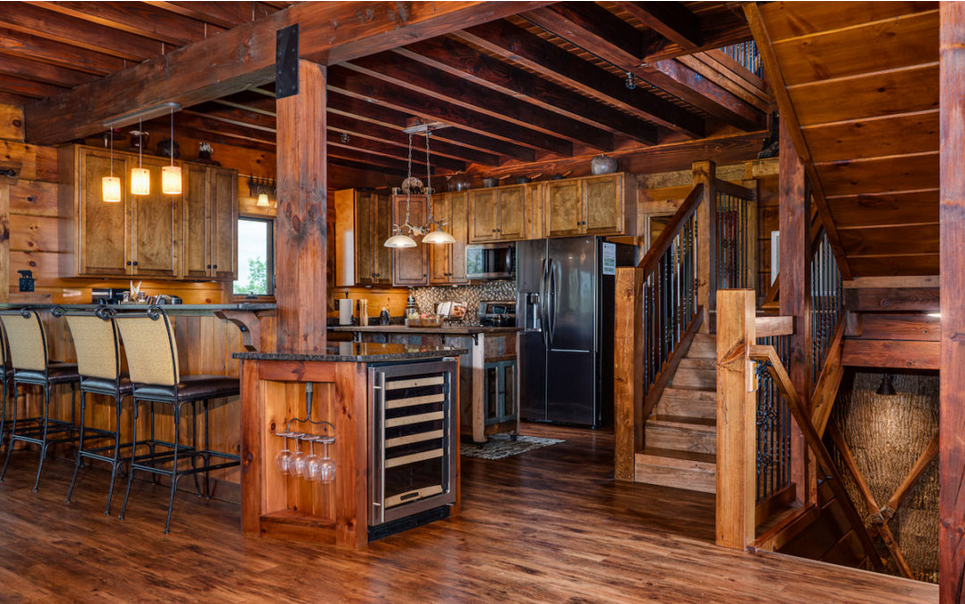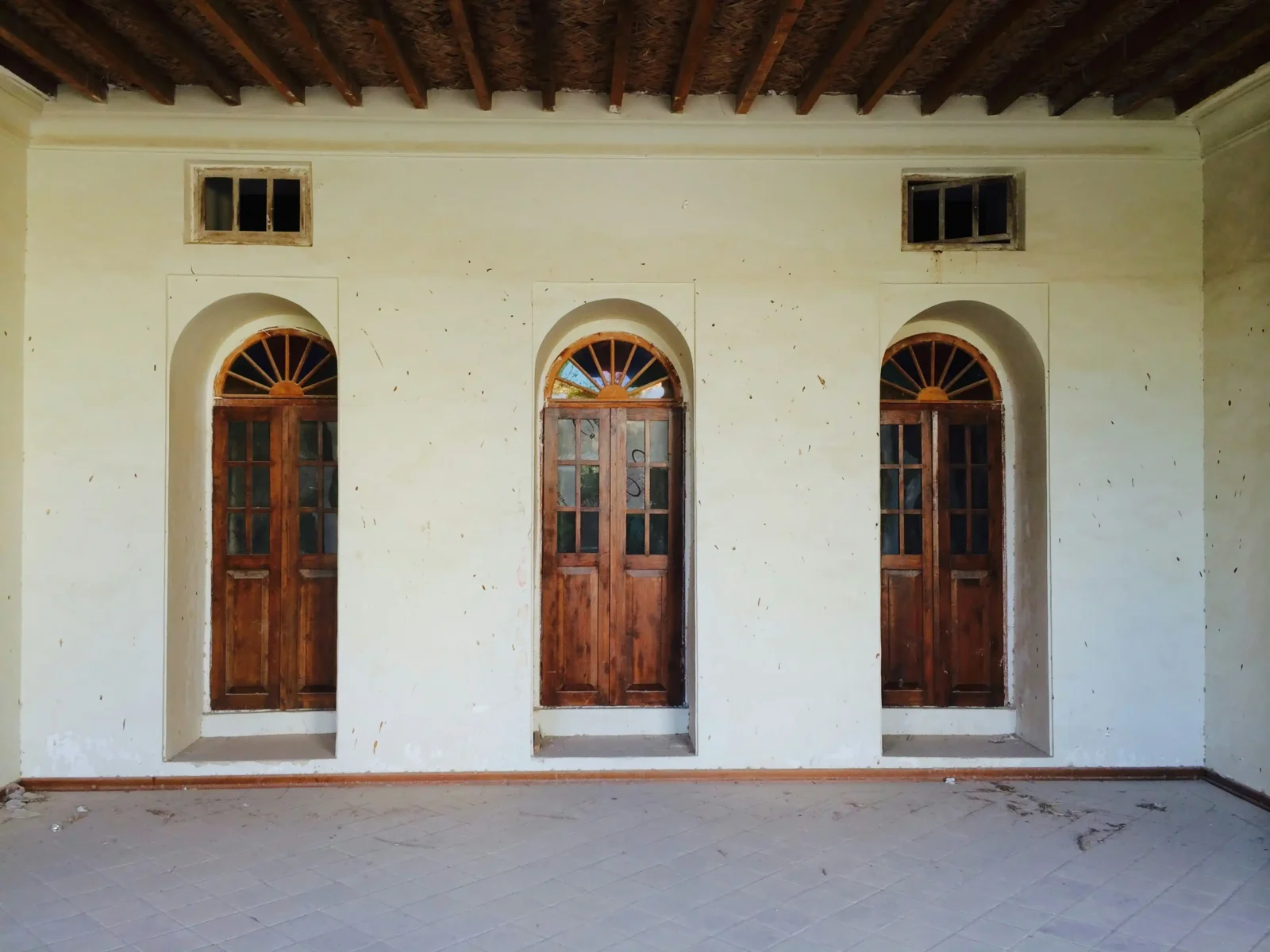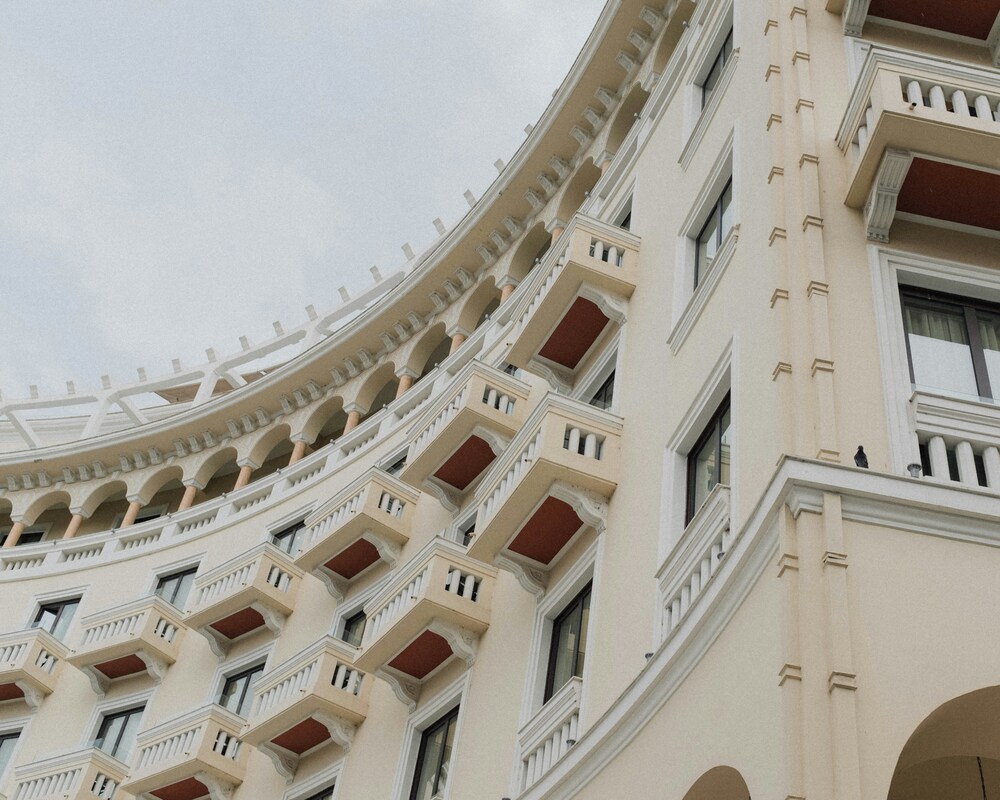- Home
- Articles
- Architectural Portfolio
- Architectral Presentation
- Inspirational Stories
- Architecture News
- Visualization
- BIM Industry
- Facade Design
- Parametric Design
- Career
- Landscape Architecture
- Construction
- Artificial Intelligence
- Sketching
- Design Softwares
- Diagrams
- Writing
- Architectural Tips
- Sustainability
- Courses
- Concept
- Technology
- History & Heritage
- Future of Architecture
- Guides & How-To
- Art & Culture
- Projects
- Interior Design
- Competitions
- Jobs
- Store
- Tools
- More
- Home
- Articles
- Architectural Portfolio
- Architectral Presentation
- Inspirational Stories
- Architecture News
- Visualization
- BIM Industry
- Facade Design
- Parametric Design
- Career
- Landscape Architecture
- Construction
- Artificial Intelligence
- Sketching
- Design Softwares
- Diagrams
- Writing
- Architectural Tips
- Sustainability
- Courses
- Concept
- Technology
- History & Heritage
- Future of Architecture
- Guides & How-To
- Art & Culture
- Projects
- Interior Design
- Competitions
- Jobs
- Store
- Tools
- More

Home constructions typically involve the use of several materials. However, there is always the primary material, which is largely used and defines the kind of construction. Our focus today is on log homes. You can, however, check out some of the other primary materials that can be used below:
- Concrete
- Steel
- Bricks
- Logs
- Bamboo
- Glass
- Clay/Adobe
- Stone
- Recycled Materials – Such as plastic bricks and shipping containers
- Fiberglass
- PVC (Polyvinyl Chloride)
- Thatch
- Composite Materials
- Aluminum
The list goes on and proves how people are spoilt for choice. You can see this study for more information on this.
All of these options have strengths and weaknesses, the knowledge of which helps in making informed decisions. For example, log homes are well known for their durability as there are not many other options that come close in this regard. Read on as this article explores why they are very durable.

Table of Contents
ToggleUnderstanding Why Log Homes Are Very Durable
It might surprise you to know that there are late 18th-century log-constructed buildings that are still standing the test of time today. While repairs have been carried out from time to time, it does not undermine the durability of such constructions. Some of the factors responsible for this include the following:
1. Fortitude against Harsh Weather Conditions
Mother Nature is not always nice and this is more of a concern in certain locations. As a result, residential construction should be designed to cope with the realities of harsh weather conditions in such locations.
Well, it turns out that log homes are great in this regard, as they can stand tall in the face of several harsh weather conditions. This includes earthquake tremors, hurricane fury, and drenching snowfalls.
The thickness of logs usually used for such constructions is one of the reasons for this. It provides a great deal of insulation, a major requirement for dealing with these weather extremes. As a result, indoor occupants remain as comfortable as possible.
2. Pest Resistance
Some readers might have already started questioning the authenticity of this point. This is understandable considering that wood can be seriously infested by pests such as termites. However, there is more to know.
For starters, it depends on the kind of wood used, as some options are better at deterring pests. Cedar is a prime example, as it exudes an oily secretion that repels pests and even insects.
Furthermore, there is a modern and effective approach that helps log homes repel pests. This is because the logs used for such constructions are subject to a series of treatments that make them pest-resistant. As a result, an additional layer of defense is provided.
So, the fear of pests should not rule out the possibility of having a log home. By the way, there are tips for ensuring that these constructions remain pest-resistant in the long term. For more insight into this, you can check: https://www.loghome.com/.
3. Natural Strength
Several kinds of logs can be used for these constructions, and quite a number of them have very impressive strength. This is important for durability’s sake, as the strength of the primary materials used for construction largely determines how long-lasting the construction will be. By the way, prime examples of logs well-known for their strength include:
- Western Red Cedar
- Red & White Oak
- Douglas Fir
- Cypress
- Larch
- Black Walnut
- Chestnut
Of course, some of these are more common and commonly used in certain locations than others. However, the point remains that log homes can stand the test of time, largely because of their sturdiness.
4. Fire Resistance
This is another point that some readers may be quick to contest. Be that as it may, it is true although there are certain conditions. For starters, some logs are more fire-resistant than others. These are usually dense options.
Furthermore, there are fire-resistant treatments that these logs can be subjected to, ensuring they stand a good chance in the face of fire outbreaks. It would interest you to know that homes constructed using such stand a better chance compared to homes constructed with several other primary materials.
5. Water & Air Tightness
Are you aware that trees have life just as humans are living creations? Just like humans, trees are capable of dying and decomposition also happens when trees die.

The logs used are dead wood but the question is why they may not decompose for a very long while, which is important for durability. This is because factors that can cause decomposition are avoided. This is primarily moisture and air.
The air- and water-tight feature of many of the logs used is the reason for this. As a result, structural damage caused by mold, rot, and the likes are avoided. Some treatments also ensure this.
6. Graceful Aging
Do you know what they say about aging wine tasting better? Well, log-constructed homes are similar in this regard as they are capable of aging gracefully. You can see this log cabin gallery to see how well they can look even as they age. However, the knowledge and application of maintenance tips are important.
Wrap Up
There is a long list of benefits associated with log homes. Durability happens to be one of them and a very important one at that. Some of the reasons for this have been discussed here.
However, your choice of a log home construction company also determines the durability of these constructions. So, ensure that an informed choice is made.
Log Building Maintenance and Restoration
657 S Front St, Milton, PA 17847
800-284-6520
illustrarch is your daily dose of architecture. Leading community designed for all lovers of illustration and #drawing.
1 Comment
Submit your architectural projects
Follow these steps for submission your project. Submission FormLatest Posts
How Modern Bridges Balance Aesthetics and Engineering
How modern bridges balance aesthetics and engineering: explore form-driven systems, case studies,...
Exterior & Interior Remodeling Tips Every Homeowner Should Consider
Home upgrades reshape comfort, improve function, and strengthen long-term property value. Whether...
Top 8 Luxury Vacation Rentals Features Guests Love Most
A luxury vacation rental offers an entirely different experience than a typical...
Why Local Expertise Matters: Choosing the Right Plumbers in Townsville
Why Local Expertise Matters: Choosing the Right Plumbers in Townsville When it...












This article talks about log homes and their durability. It mentions many materials used in construction but focuses on logs. The points about pest resistance and weather durability are interesting.